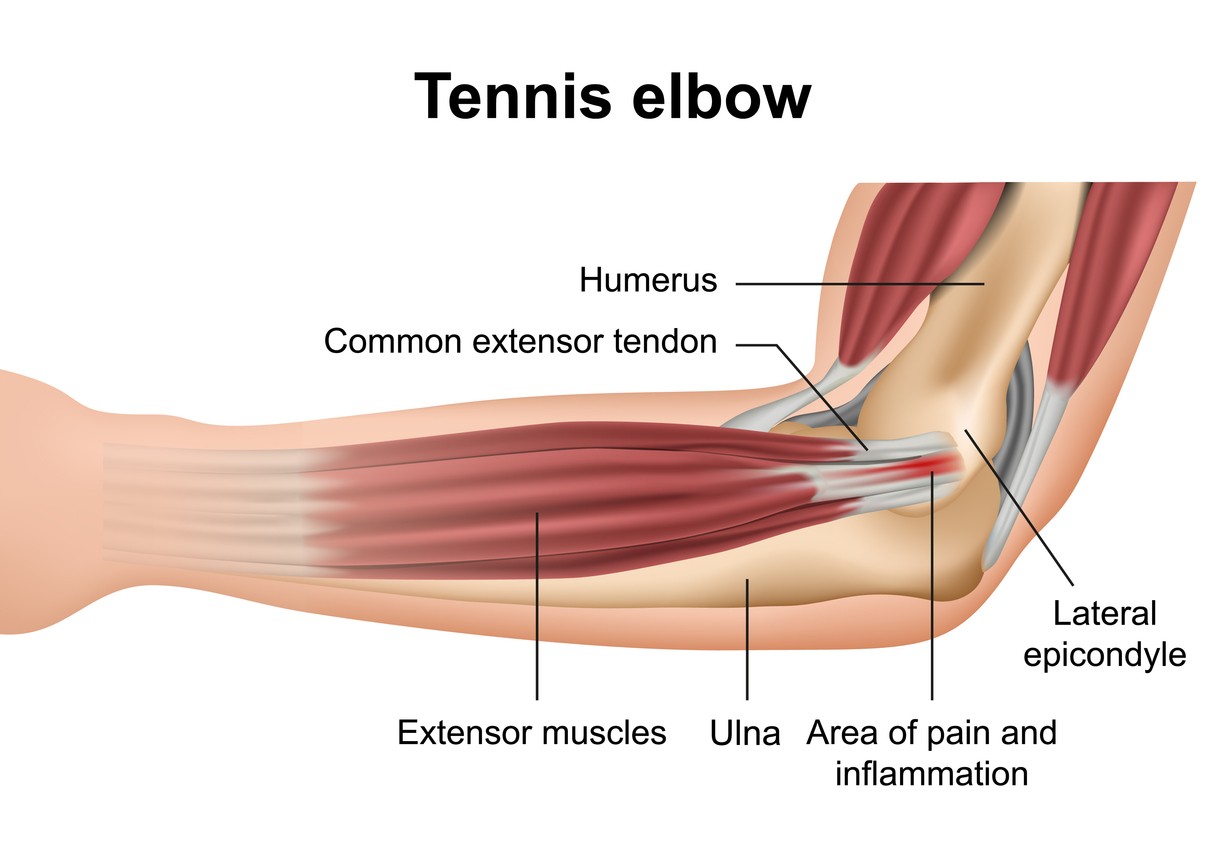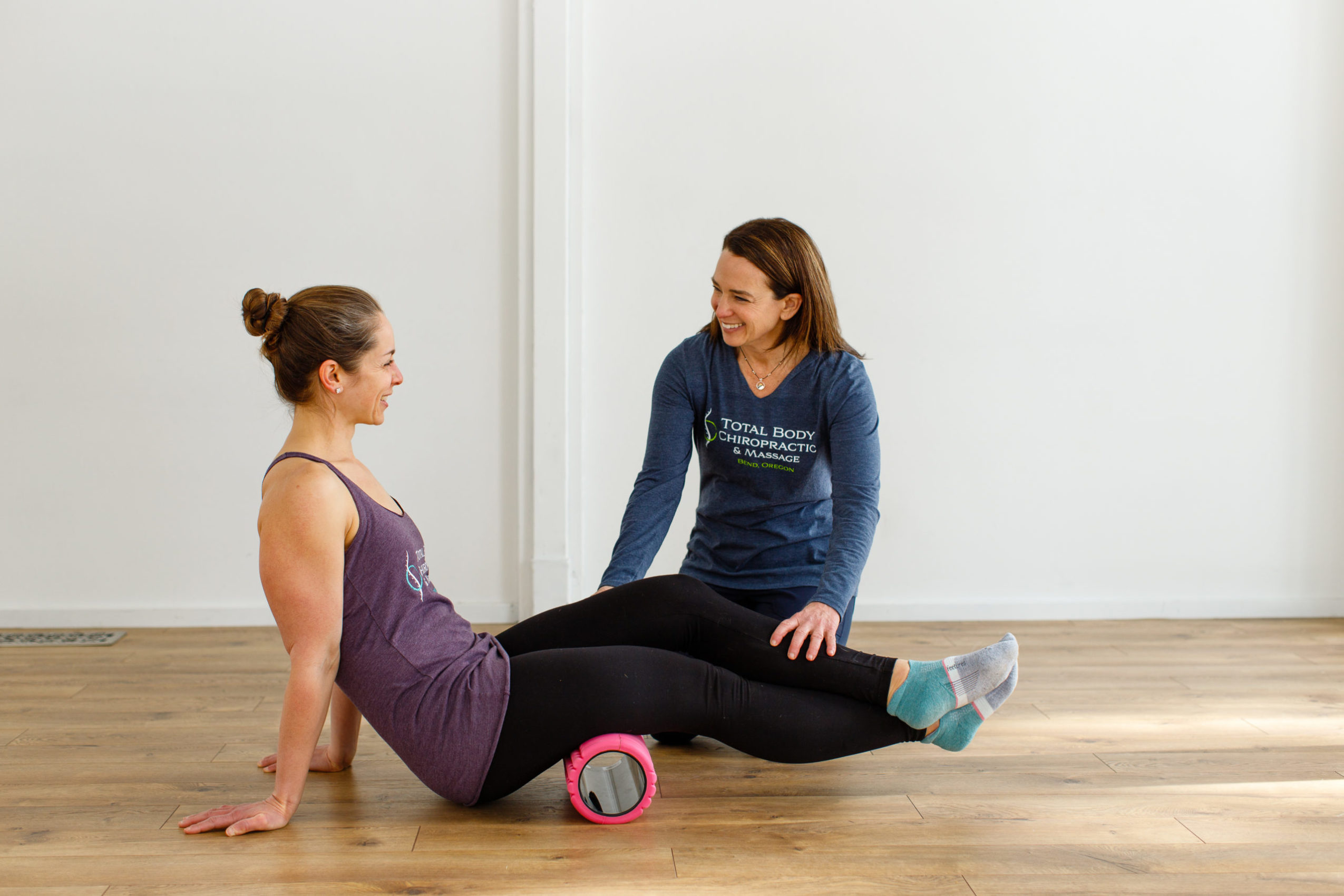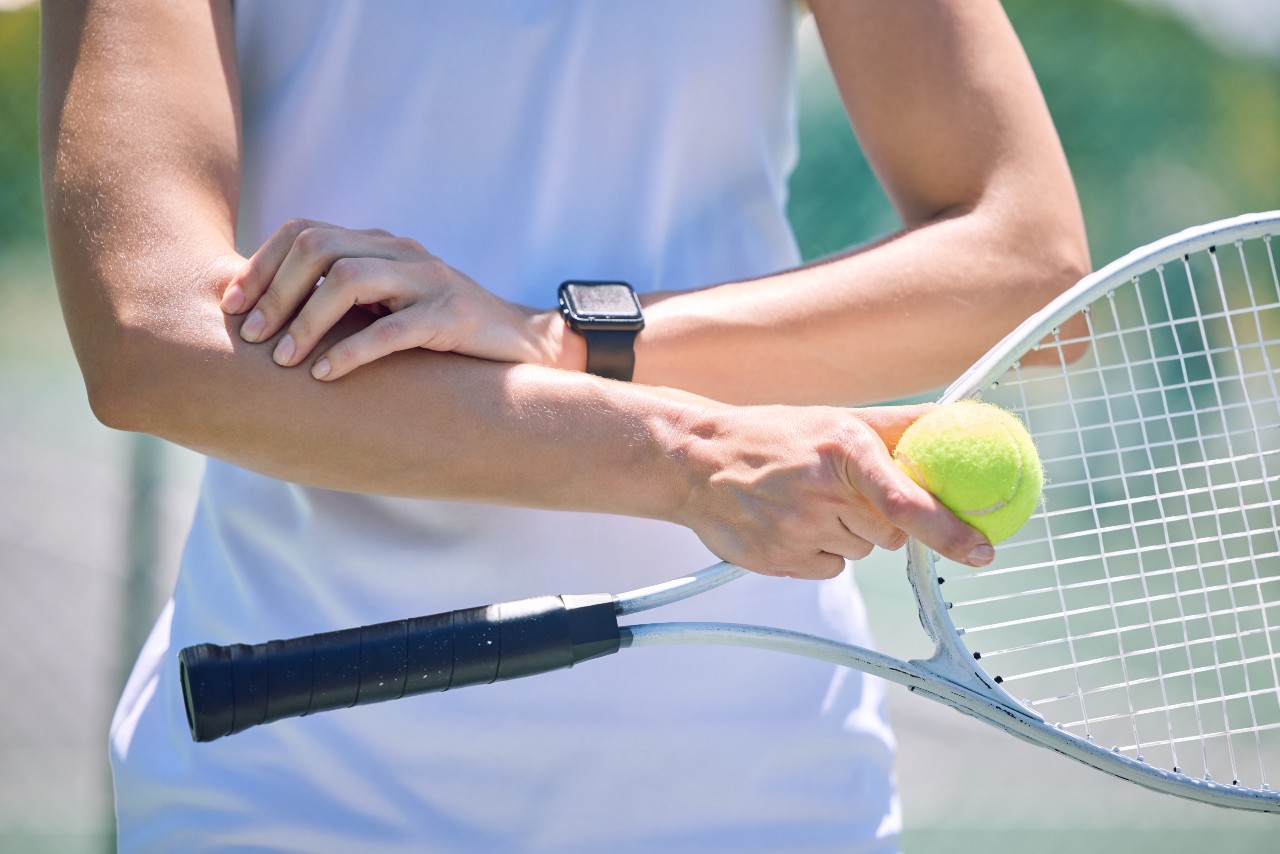A Guide to Chiropractic for Tennis Elbow: Healing the Pain and Regaining Strength
If you’re in search of an effective, non-invasive treatment for tennis elbow, chiropractic care in Bend could be your answer. This article will delve deep into chiropractic for tennis elbow, providing expert insights, evidence-based practices, and a pathway to pain relief and optimal functionality.
For sports enthusiasts, particularly tennis players, dealing with tennis elbow can be a frustrating, painful, and debilitating experience. It can drastically affect the quality of your game and even your daily life activities. The good news? There’s a promising solution in the world of chiropractic. You might be wondering, can chiropractic really help with tennis elbow? Let’s find out!
Understanding Tennis Elbow: It’s More Than Just a Sports Injury

What is Tennis Elbow?
Tennis elbow, medically known as lateral epicondylitis, is a painful condition where the outer soft tissue of the elbow becomes painful and tender, typically as a result of overuse or repetitive strain on the forearm muscles and tendons. While the condition is common among tennis players, it can affect anyone who repeatedly uses their forearm and hand, causing stress on the elbow joint.
Here are some common causes of tennis elbow:
- Repetitive Movements: Engaging in repetitive motions of the wrist and arm, such as swinging a tennis racket, using a hammer, or playing certain musical instruments, can strain the tendons in the elbow, leading to tennis elbow.
- Overuse or Excessive Strain: Overusing the muscles and tendons of the forearm without proper rest or recovery can increase the risk of developing tennis elbow. An overuse injury can occur in various occupations that involve repetitive arm movements, such as carpentry, painting, plumbing, and cooking.
- Improper Technique: Using incorrect form or technique during sports or physical activities can place excessive stress on the tendons around the elbow joint, leading to inflammation and pain. This is common in tennis players who have poor stroke mechanics or use excessive wrist movement during their shots.
- Age and Degeneration: The risk of developing tennis elbow increases with age. As we get older, tendons become less flexible and more prone to injury. Degenerative changes in the tendons can make them more susceptible to damage, even with relatively minor repetitive movements.
- Lack of Conditioning: Insufficient strength and conditioning of the muscles and tendons in the forearm can contribute to the development of tennis elbow. Inadequate warm-up exercises, poor flexibility, and weak forearm muscles can put additional stress on the tendons.
- Other Factors: Certain factors may increase the risk of developing tennis elbow, such as obesity, smoking, and certain medical conditions like rheumatoid arthritis.
Symptoms to Look Out For
While pain and discomfort are common symptoms of tennis elbow, these conditions might also manifest as weakness in the forearm, difficulty in hand and wrist movements, or even as tenderness on the outer part of the elbow. You might feel a burning sensation or experience difficulty in gripping objects. Here are the common symptoms associated with tennis elbow:
- Elbow Pain: The primary symptom of tennis elbow is pain on the outside of the elbow. The pain may range from mild to severe and can be felt both during activities and at rest. It often starts at the bony bump on the outside of the elbow (lateral epicondyle) and may radiate down the forearm.
- Painful Grip: Gripping objects, such as a tennis racket, can exacerbate the pain. Activities that involve gripping, twisting, or lifting with the affected hand and forearm may cause discomfort.
- Weakness: Tennis elbow can lead to weakness in the affected forearm and grip. You may notice a decreased ability to grip objects firmly or perform tasks that require wrist and forearm strength.
- Stiffness: Some individuals with tennis elbow may experience stiffness in the elbow joint, especially after periods of inactivity or upon waking up in the morning.
- Pain with Repetitive Movements: Performing repetitive movements of the wrist and arm, such as typing, using tools, or playing sports, can aggravate the symptoms and cause increased pain.
- Pain during Wrist Extension: Pain is often felt when extending the wrist backward or lifting objects with the palm facing downward.
- Tenderness: The outside of the elbow may be tender to the touch. Pressing on the bony bump (lateral epicondyle) or the surrounding area can elicit pain.
What to Expect During a Chiropractic Session for Tennis Elbow

Chiropractors primarily focus on the musculoskeletal system, especially the spine, and its connection to the nervous system. By using specific, controlled forces applied to a joint, they aim to restore joint function, relieve pain, and reduce inflammation.
Chiropractic treatment for tennis elbow often involves manipulation of the affected elbow and spine, deep tissue massage, ultrasound therapy, and sometimes a combination of these techniques. The treatment aims to improve joint mobility, reduce inflammation, speed healing, and strengthen the muscles around the elbow joint.
Initial Consultation and Assessment
On your first visit, the chiropractor will take a thorough medical history and conduct a physical examination. This might involve assessing your elbow‘s motion, strength, and tenderness. They might also observe your ability to perform certain movements to understand the extent of the condition.
Treatment Plan
Based on the examination results, your chiropractor will devise a personalized treatment plan for you that may include a combination of the components below. This could include a series of chiropractic adjustments, physical therapy, and rehabilitation exercises. Remember, every patient’s condition and response to treatment is unique, so your treatment plan will be customized to your specific needs.
- Manual Adjustments: Chiropractors may use manual adjustments or manipulations to address any misalignments or dysfunctions in the joints of the spine or other areas of the body. Although the focus of chiropractic care is typically on the spine, adjustments in the shoulder, wrist, and elbow may be performed to improve joint mobility and reduce stress on the injured tendons.
- Soft Tissue Techniques: Chiropractors often employ various soft tissue techniques to alleviate muscle tension, improve circulation, and promote healing in the affected area. These techniques may include massage, myofascial release, stretching exercises, and other manual therapies to target the muscles, tendons, and ligaments around the elbow.
- Rehabilitation Exercises: Chiropractors may prescribe specific exercises to strengthen the forearm muscles and improve flexibility in the wrist and elbow. These exercises aim to rehabilitate the affected area, enhance stability, and prevent future injuries. A chiropractor will guide you on proper technique and gradually progress the exercises as your condition improves.
- Lifestyle Modifications and Ergonomic Advice: Chiropractors may provide recommendations on modifying certain activities or ergonomics to reduce strain and repetitive stress on the elbow. They may suggest changes in technique, posture, or equipment used during sports, work, or daily activities to help prevent recurrence of tennis elbow symptoms.
- Therapeutic Modalities: Chiropractors may incorporate various therapeutic modalities, such as ultrasound, electrical stimulation, cold laser therapy, or heat therapy, to promote tissue healing, reduce inflammation, and alleviate pain in the affected area.
How Long Before Seeing Results from Chiropractic Treatment?

The time it takes to see positive outcomes from chiropractic treatment for tennis elbow can vary depending on several factors, including the severity of the condition, individual healing rates, adherence to treatment recommendations, and the specific approach taken by the chiropractor. It’s important to understand that each person’s response to treatment is unique. In general, chiropractic treatment for tennis elbow aims to provide relief, promote healing, and restore function over a period of time.
Some tennis elbow patients may experience improvement in their symptoms after just a few chiropractic sessions, while others may require a more extended treatment plan for their tennis elbow pain. Typically, mild cases of tennis elbow may show noticeable improvement within a few weeks to a couple of months of consistent treatment. However, more severe cases may take longer to respond and require ongoing care for several months.
The frequency and duration of chiropractic visits can also influence the timeline for results. Chiropractors often develop personalized treatment plans based on the individual’s condition, and the frequency of visits may be higher initially and then gradually reduced as the symptoms improve.
It’s worth noting that chiropractic treatment for tennis elbow is often part of a comprehensive approach that may involve additional self-care measures, such as rest, ice or heat therapy, modifying activities, performing prescribed exercises, and following ergonomic recommendations. Compliance with these recommendations can contribute to the effectiveness of treatment and potentially expedite the healing process.
Visit Total Body Chiropractic in Bend Today
If tennis elbow is hampering your game or affecting your quality of life, considering chiropractic for tennis elbow could be a game-changer. It’s a holistic approach that not only aims to alleviate pain but also helps improve your overall elbow function. Contact us for an assessment and chiropractic treatment plan. It’s high time to serve an ace against your elbow pain!

